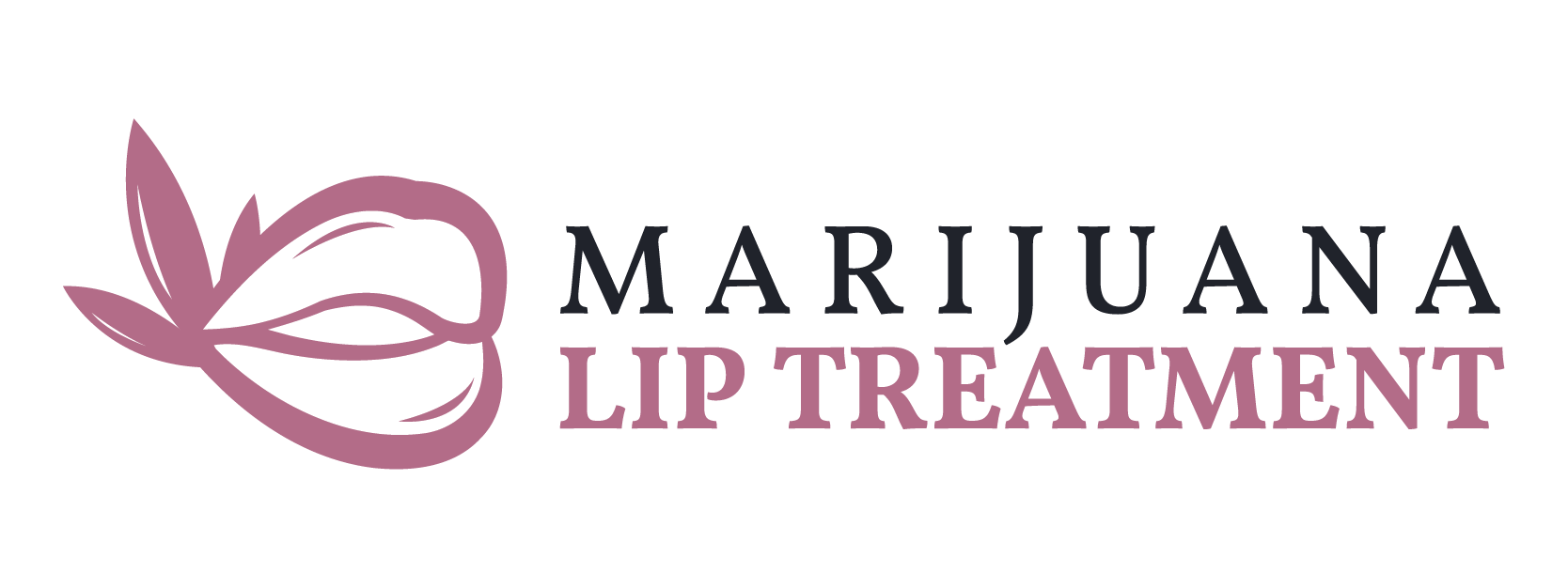Marijuana lip treatments have become increasingly popular as consumers explore plant-based ingredients and cannabinoid-infused skincare. Unlike regular balms that focus solely on sealing and moisturizing, marijuana lip treatments introduce bioactive compounds—mainly cannabidiol (CBD) and, in some cases, trace tetrahydrocannabinol (THC)—which may provide added skin benefits.
What makes marijuana lip treatments different begins with their formulation. Regular balms rely on classic moisturizers like beeswax, shea butter, and petrolatum, which create a protective layer to trap moisture. Cannabis-infused versions, however, often include cannabinoids that have shown anti-inflammatory and antioxidant potential in early dermatological research. These properties could help calm irritation and support barrier recovery, although more human studies are still needed to confirm these effects on lip tissue.
Another key difference lies in ingredient labeling. Many products marketed as “hemp lip balms” actually contain only hemp seed oil, which, while rich in omega fatty acids, does not contain cannabinoids. Consumers seeking the benefits of CBD should look for ingredient terms such as “hemp extract,” “CBD isolate,” or “broad/full-spectrum extract” to ensure they’re getting an active formulation rather than a simple emollient.
Absorption is another distinguishing factor. The lips are part of the oral mucosa, an area known for better permeability compared to regular skin. This means that cannabinoids in lip treatments may be absorbed more readily, interacting with cannabinoid receptors (CB1 and CB2) that are naturally present in skin and oral tissues. This potential mechanism makes marijuana lip products functionally different from traditional balms, which do not engage these biological pathways.
Quality and stability also set these products apart. Cannabinoids are light- and heat-sensitive compounds that degrade when exposed to air or sunlight. For this reason, well-formulated marijuana lip treatments typically use opaque, airtight packaging to maintain potency—a level of care not always necessary with traditional lip products.
Consumers should also consider sun protection. Dermatologists consistently recommend using lip balms with SPF 30 or higher to protect against UV damage. Many cannabis-infused options lack SPF, so pairing them with a protective balm or choosing a hybrid product with both cannabinoids and sunscreen is ideal for outdoor use.
Regulatory and labeling transparency remain another major difference. While regular lip balms are simple cosmetics, marijuana or CBD lip treatments fall into a more complex legal area. The U.S. Food and Drug Administration does not officially approve CBD for use in cosmetics, and brands must avoid making therapeutic claims. Because labeling errors are common in the CBD market, consumers are advised to buy from reputable brands that provide third-party Certificates of Analysis verifying cannabinoid content and safety testing.
Lastly, fragrance and terpene sensitivity can influence a buyer’s choice. Some cannabis topicals include essential oils or flavoring agents like menthol or cinnamon, which may cause irritation on delicate lip skin. For those with sensitive lips, fragrance-free or low-terpene formulas are safer options.
